A burning sensation overwhelms me as I reach back to grab my calf muscle. My senses are awakened as the pain quantifies and the unpleasant tingling runs up and down the back of my leg. I turn around to see the source. She's fierce, and her diminutive eyes glare in anger as she continues to thrash her cane relentlessly toward me.
The elderly woman used her body language to tell me I had ventured too close to where she was squatting, watching the parade of lanterns pass by. For many foreigners this form of brute force would not normally be tolerated and countered with a fist and a couple of eyebrow-raising four lettered words.
This is Jonggak in central Seoul-normally flooded with fervent shoppers trying to get the best deals-now packed with tourists from around the world. Along Jongno Street, from Dongdaemun to Jogyesa Temple, 100,000 brightly colored lanterns adorn the streets and paths in honor of Buddha's birthday, known as Yeon Deoung Hoe. It is a visual feast of beauty.
Koreans celebrate this joyous event with great humility, pride and honor as they kick off with an exhibition of traditional lanterns displayed at Bongeunsa Temple and elsewhere throughout the city. I can see the warmth in the people's eyes and I imagine it's almost like Christmas in the summer, except there are 10 times more lights. It's vibrant and loud, yet the celebration still has an air of mystery, refinement and history that Koreans cling to.
I jump right in line, pushing my way through the crowded street as if this very moment was something fleeting. I feel privileged to be a participant in the celebration, not just a casual observer, as I peel off layers of sticky glue from my fingers and try to keep it on the paper cup lantern I attempt to assemble. I'm elated that I dove into the uncharted waters of the celebration not knowing what to expect. I feel adventurous, electing to attend with a couple of friends rather than as part of a tourist group.
This is truly an enchanting sight, and I'm brimming with anticipation and excitement. Sunlight seeps through the canopy of lanterns, gold and iridescent blue, dancing gaily on the tourists below. All the colors of the rainbow shower me as if I were privy to the ancient wonders of a time lost to the outside world.
The canopy channels visitors toward the temple where a medley of chanting goes out to Buddha. Hordes of onlookers fill the edges of Jogyesa, and I too become mesmerized by the gold-seated image of Buddha, cross-legged and beautiful. Bundles of fruit, flowers and gourds of water rest at his feet. Hundreds of brightly colored lanterns decorate the ceiling and candles line the sides of the temple, adding to the serene spiritual setting.
My hands begin to tremble as I squeeze the shutter on my camera. My eyes dart back and forth to make sure no one is disturbed by my intrusive behavior. Occasionally I find myself caught up in the moment and begin to daydream of days long since gone, when rulers and warriors from the Joseon Dynasty walked the streets in honor of the lantern celebration, or Kwandeung-nori, as well.
"What is this'" I hesitantly asked a young Korean girl holding onto a rope. She tells me in the best English she can muster, "You write your personal wishes on the paper and then tie on here for Buddha." I smile, confused and even more hesitant. I shrug and think, "OK. I think I can handle that."
Korean folk dancers, lotus lantern performance groups and international Buddhist communities put on shows alongside the street festival throughout the weekend. Young men and women line up dressed in traditional clothing with ornate embroidery and stitching. They dance, sing and beat wildly on drums. The performances demand delicate, acrobatic and agile rhythmic movements which each performer delivers. As they wait to take center stage, I watch women and men fixing their elaborate makeup and making last-minute adjustments to costumes and choreographic movements.
At the end of the night, everyone joins for the closing parade. Countless hand-held and giant lanterns stretch for blocks. I see so many people carrying lanterns it is a wonder there are still people to stand and watch the parade. Despite arriving early, my location, although nice, was not as good as some of the honored guests, like the little Buddha of Jonggak Temple.
Even with enough buffer space to surround me so I could move freely to take pictures, the elderly woman still managed to snag the back of my leg with her cane. I looked down at her as she stared back at me. What could I do' I apologized and moved on still groping the back of my beaten leg. It may be bruised by morning, but it was worth it.
EDITOR'S NOTE: This piece was taken from a five-part series, originally published in The Morning Calm, about the rich culture Korea has to offer. Stories were presented by exploring the five major senses. Sgt. Opal Vaughn and Spc. Rick Canfield, USAG-Yongsan public affairs, used the sense of sight, and combined their observations to write this article.
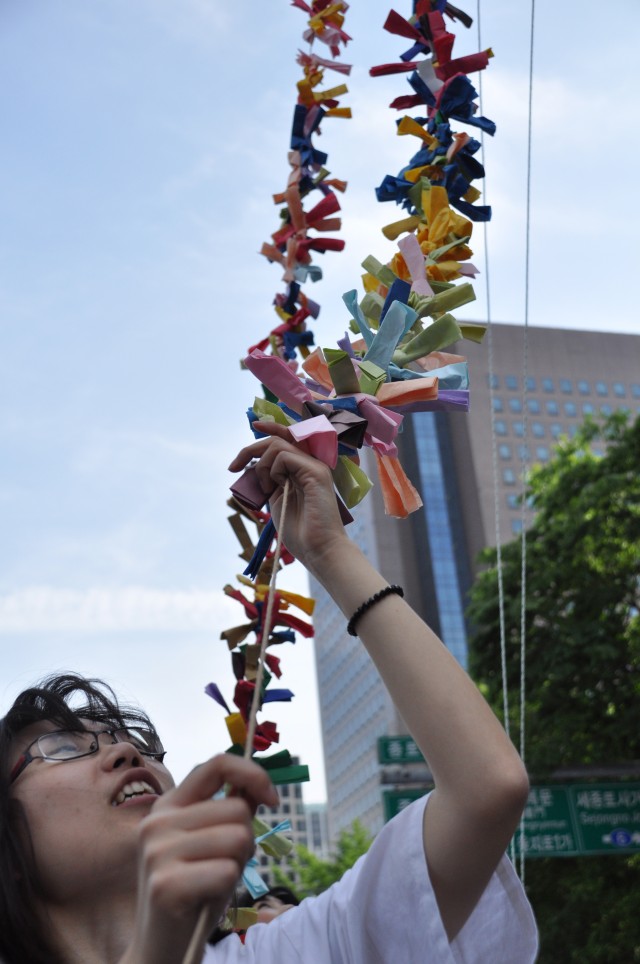

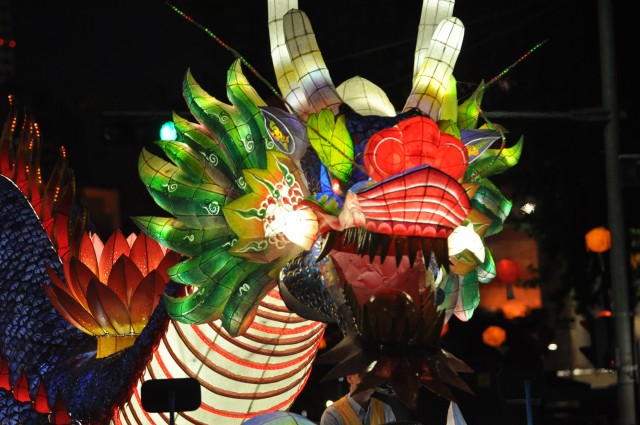
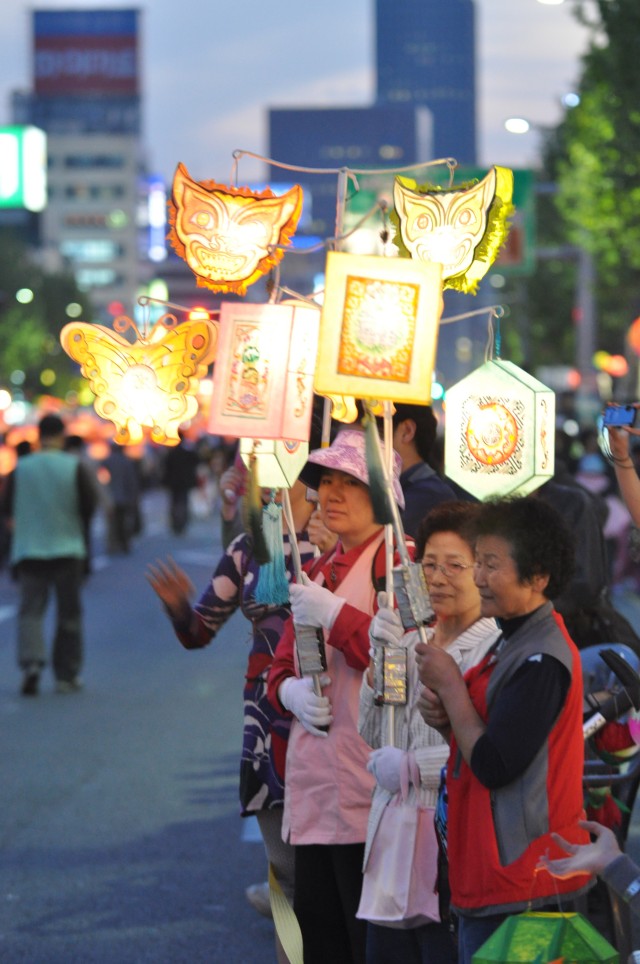
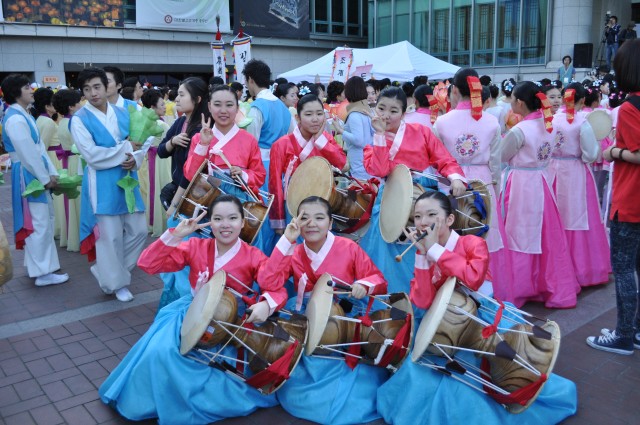
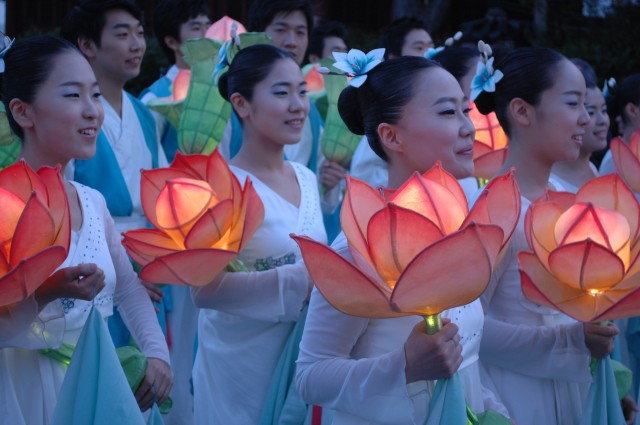
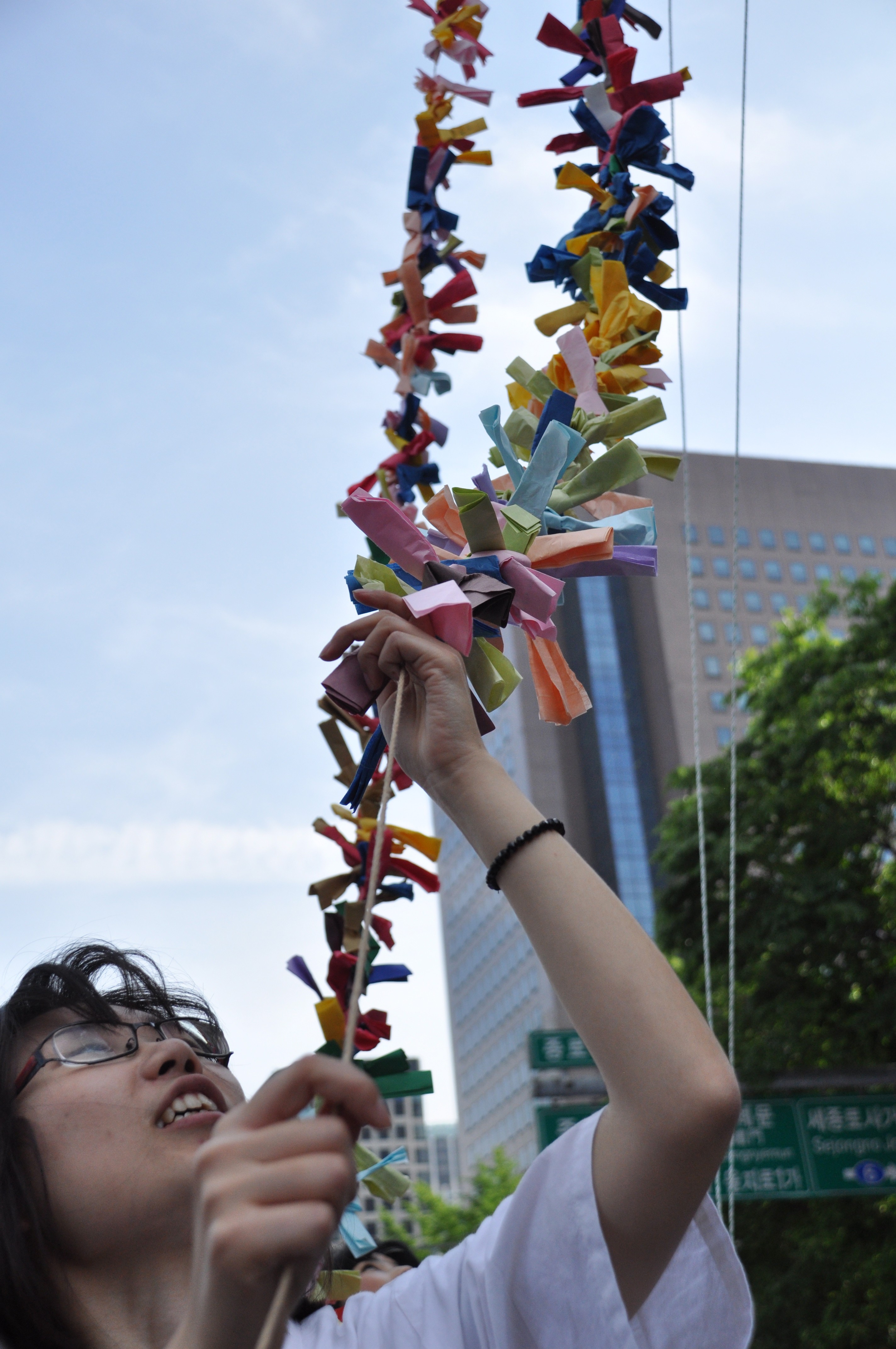


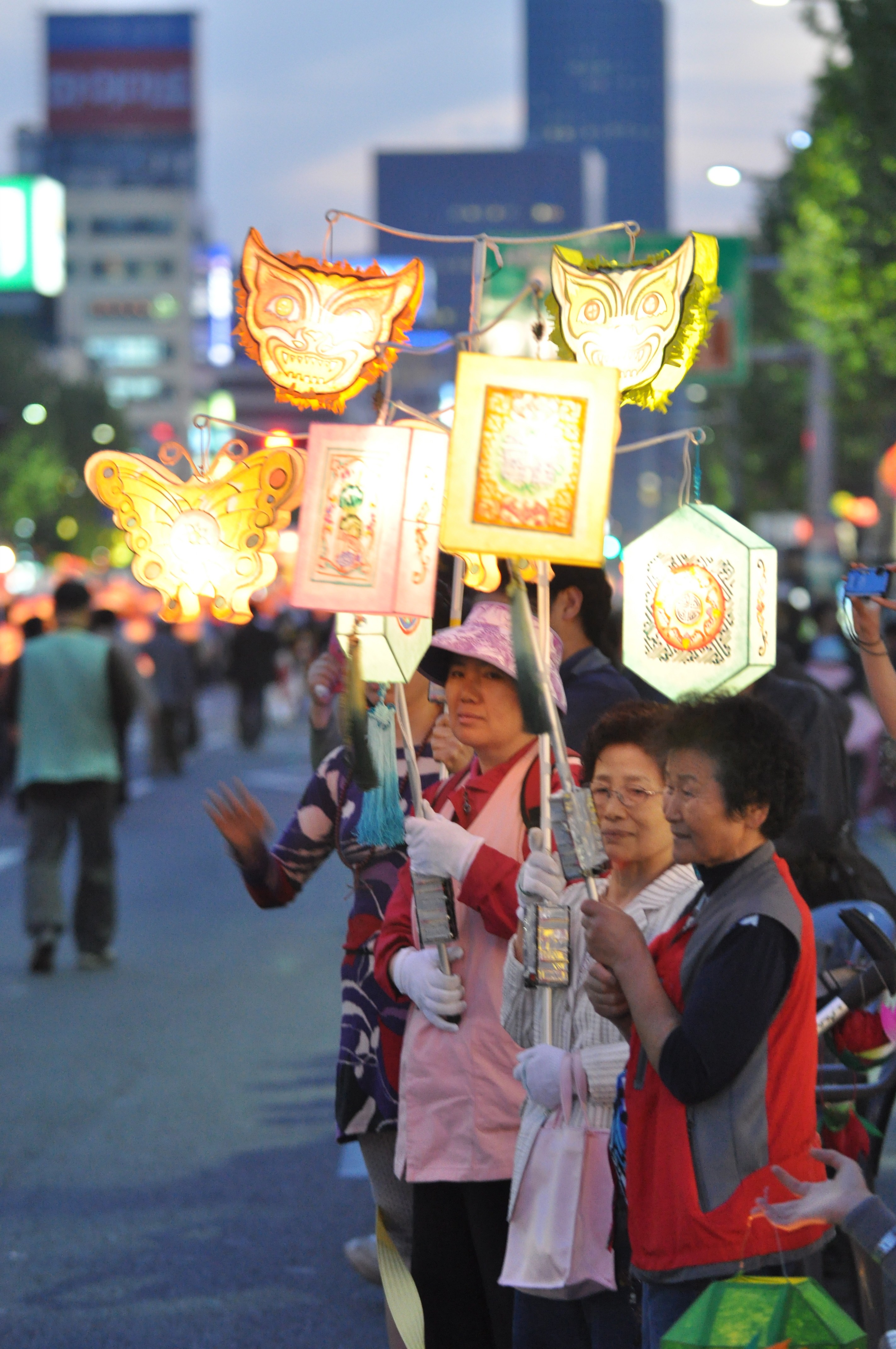
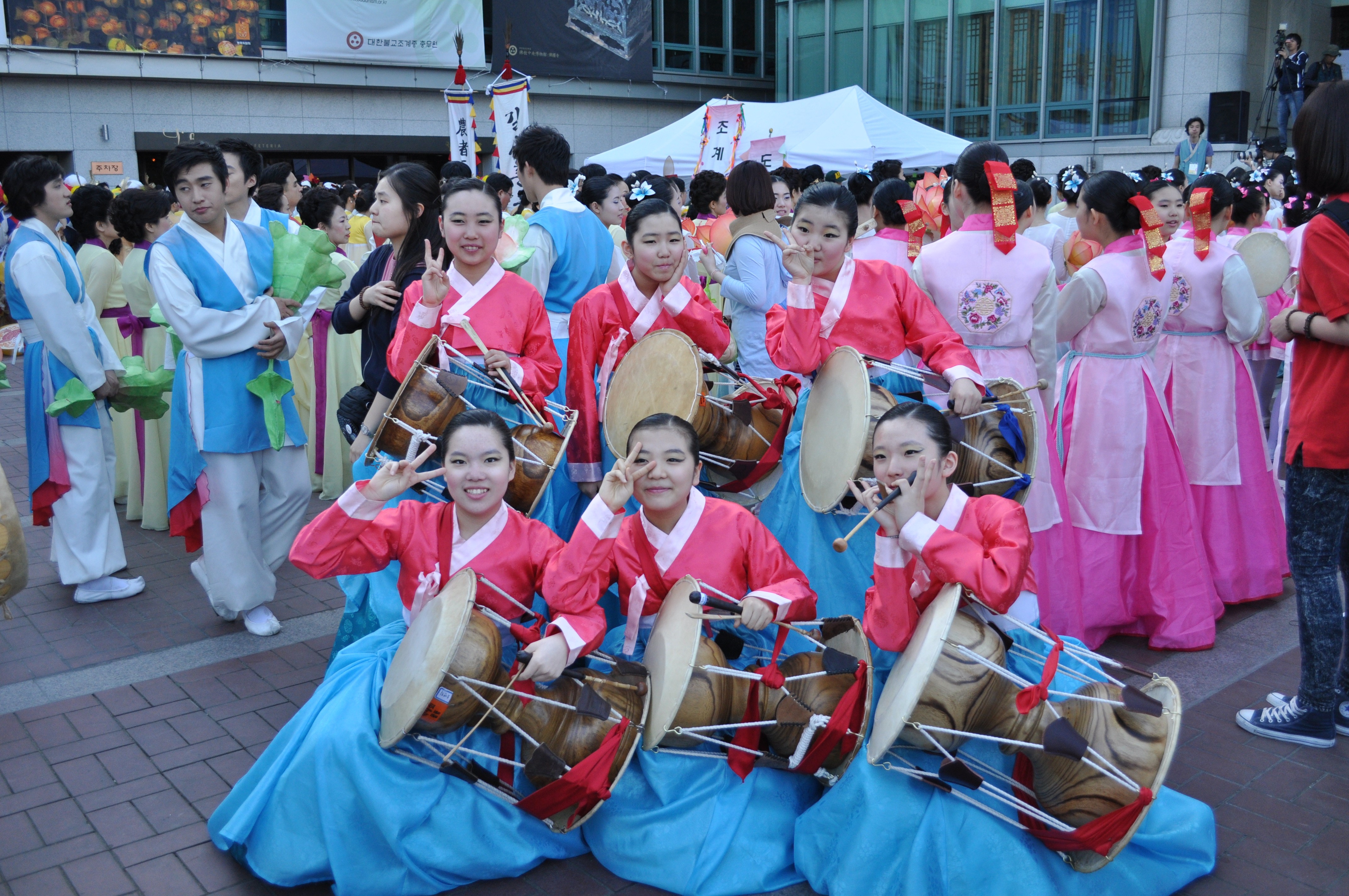

Social Sharing